
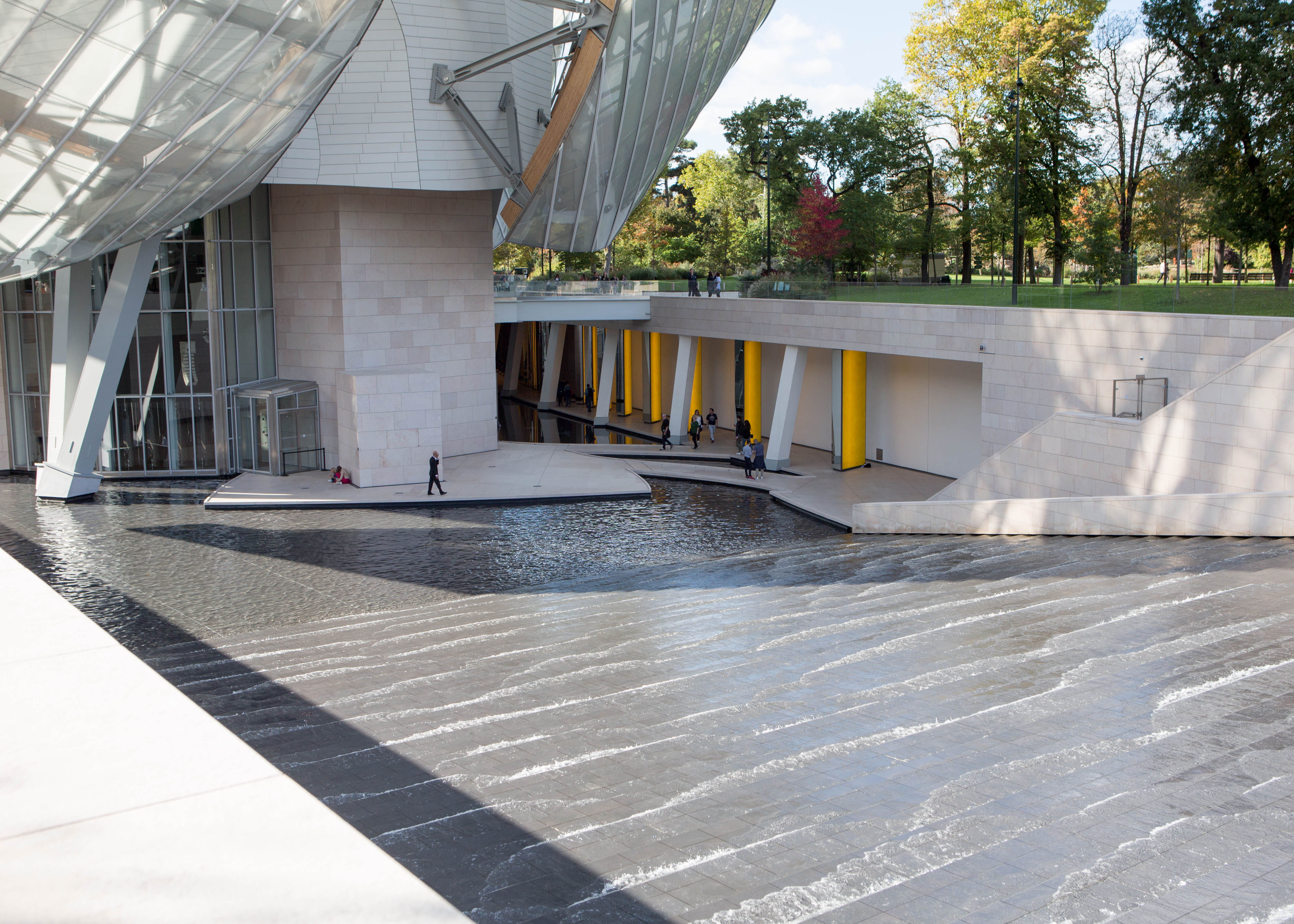
Fundação Louis Vuitton
Endereço: 8, Avenue du Mahatma Gandhi Bois de Boulogne, 75116 Paris
Como chegar: Metrô, linha 1 - Estação Les Sablons
Horário: De segunda a domingo, das 11h às 20h
Preço: 16 euros
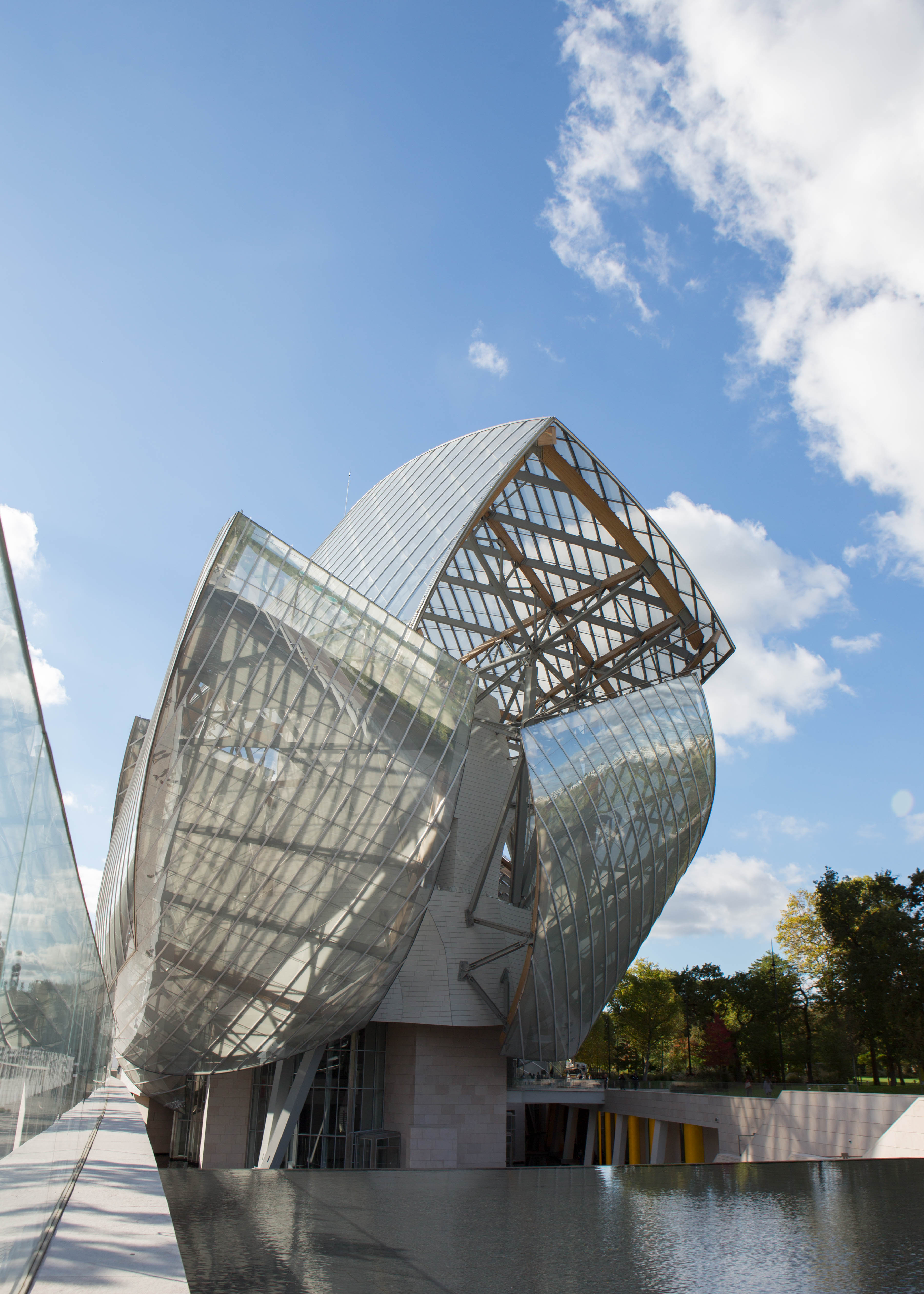
"Queremos presentear Paris com um espaço extraordinário de arte e cultura, confiando a Frank Gehry a construção deste emblemático edifício".
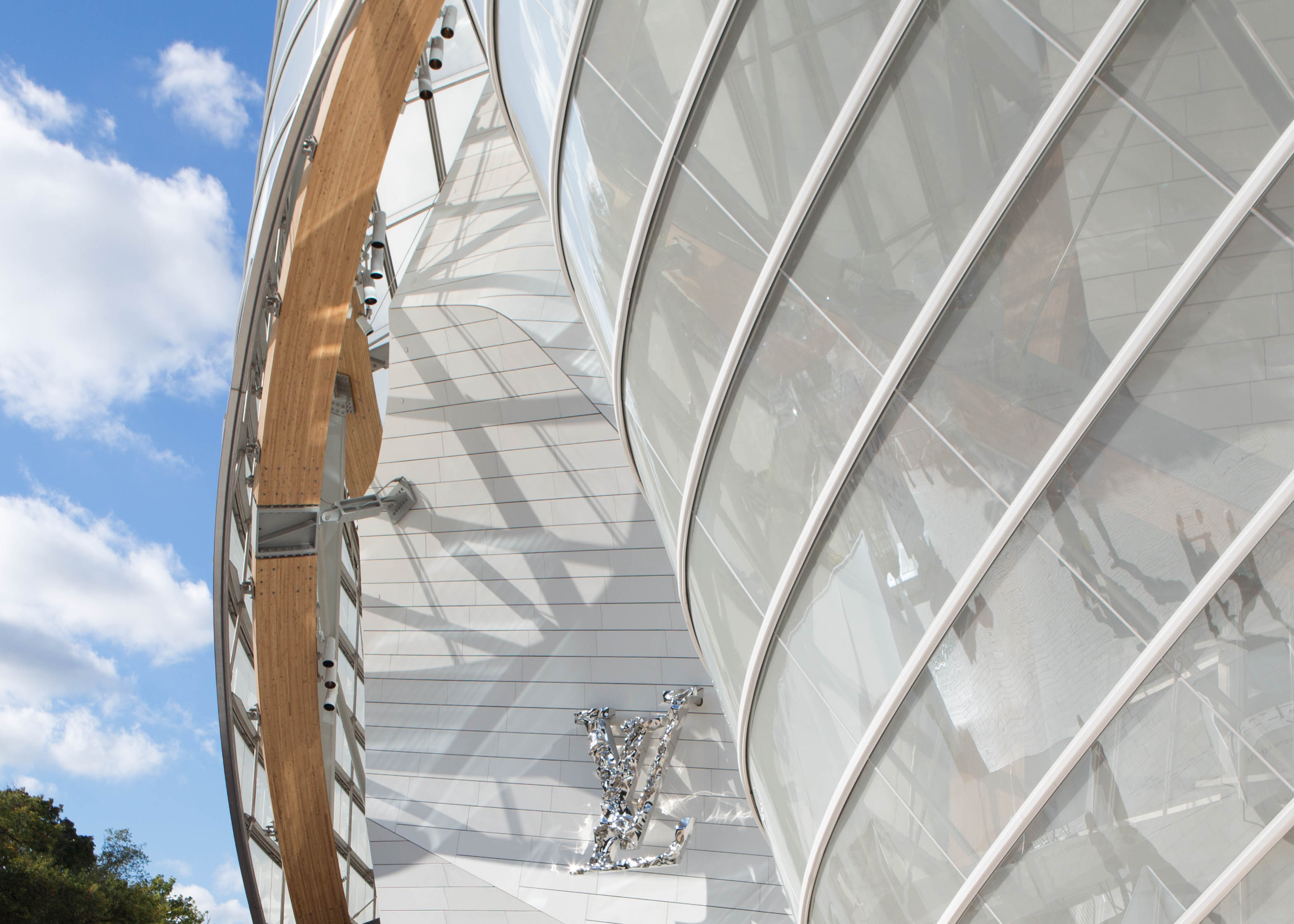
"Just as this moment is in a changing world, we want to design a building that evolves over time and light, creating a fleeting and constantly changing feeling." The buildings nestled above the pond are conceived a canoe or ship integrated into the natural environment, projecting unpredictable light and mirror effects between trees and gardens.
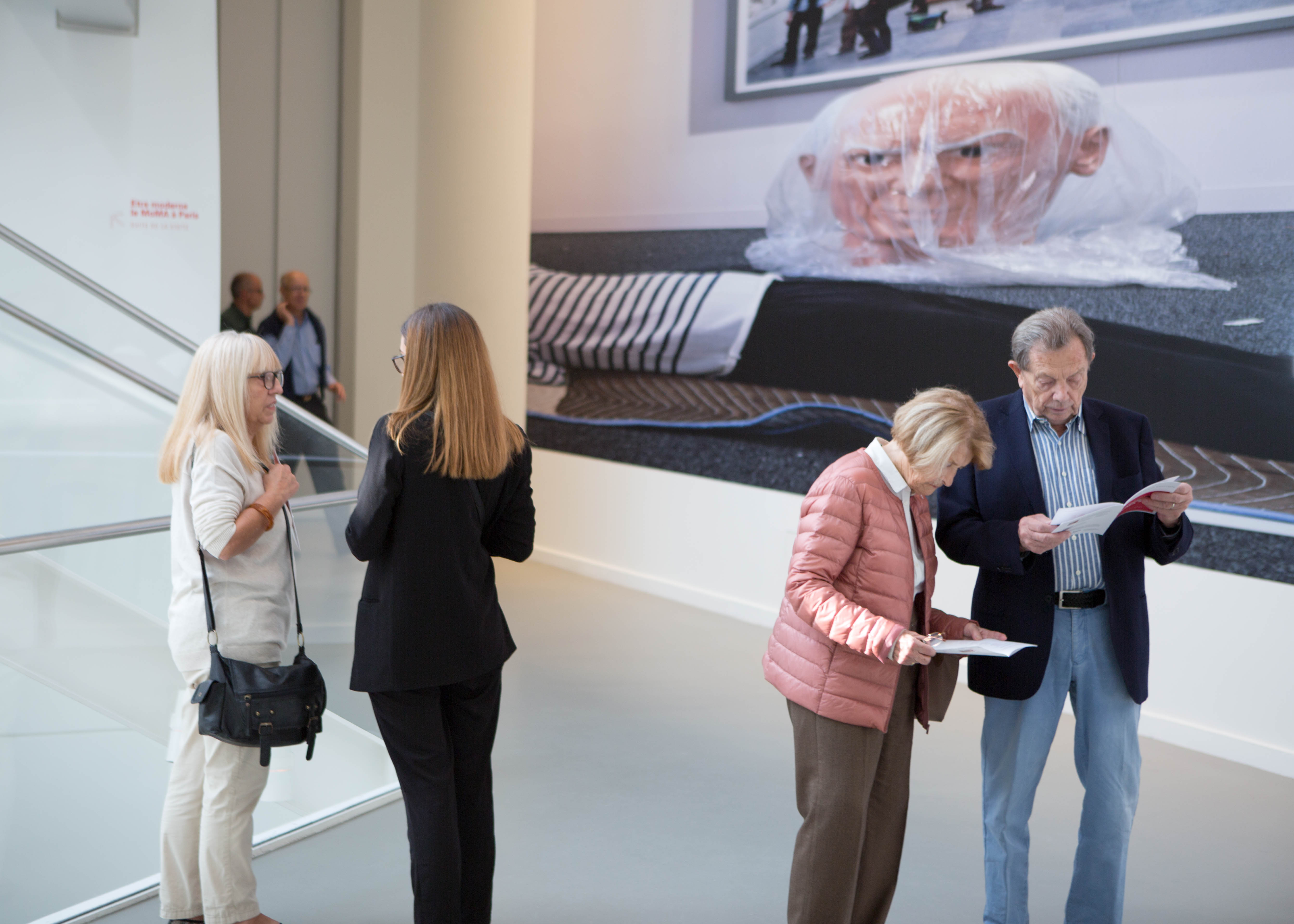
Há várias exposições temporárias na Fundação. Quando nós fizemos a nossa visita, havia uma que se chamava "Ser Moderno: O MoMA em Paris".
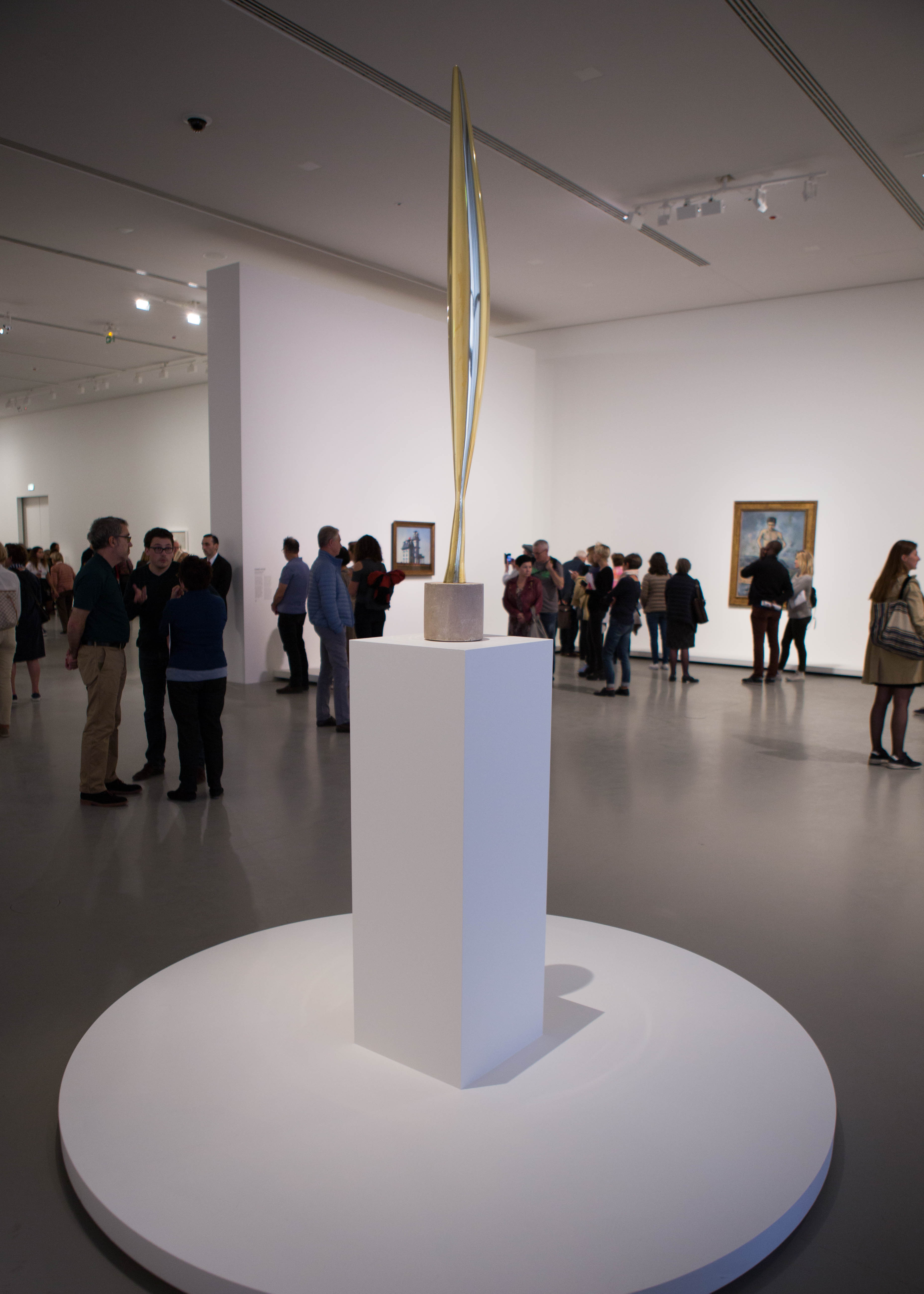
This art exhibition launched by New York MoMA and Paris Fondation Louis Vuitton. The exhibition is a collection of 200 works of art withinn rich of new contents and very worthwhile!

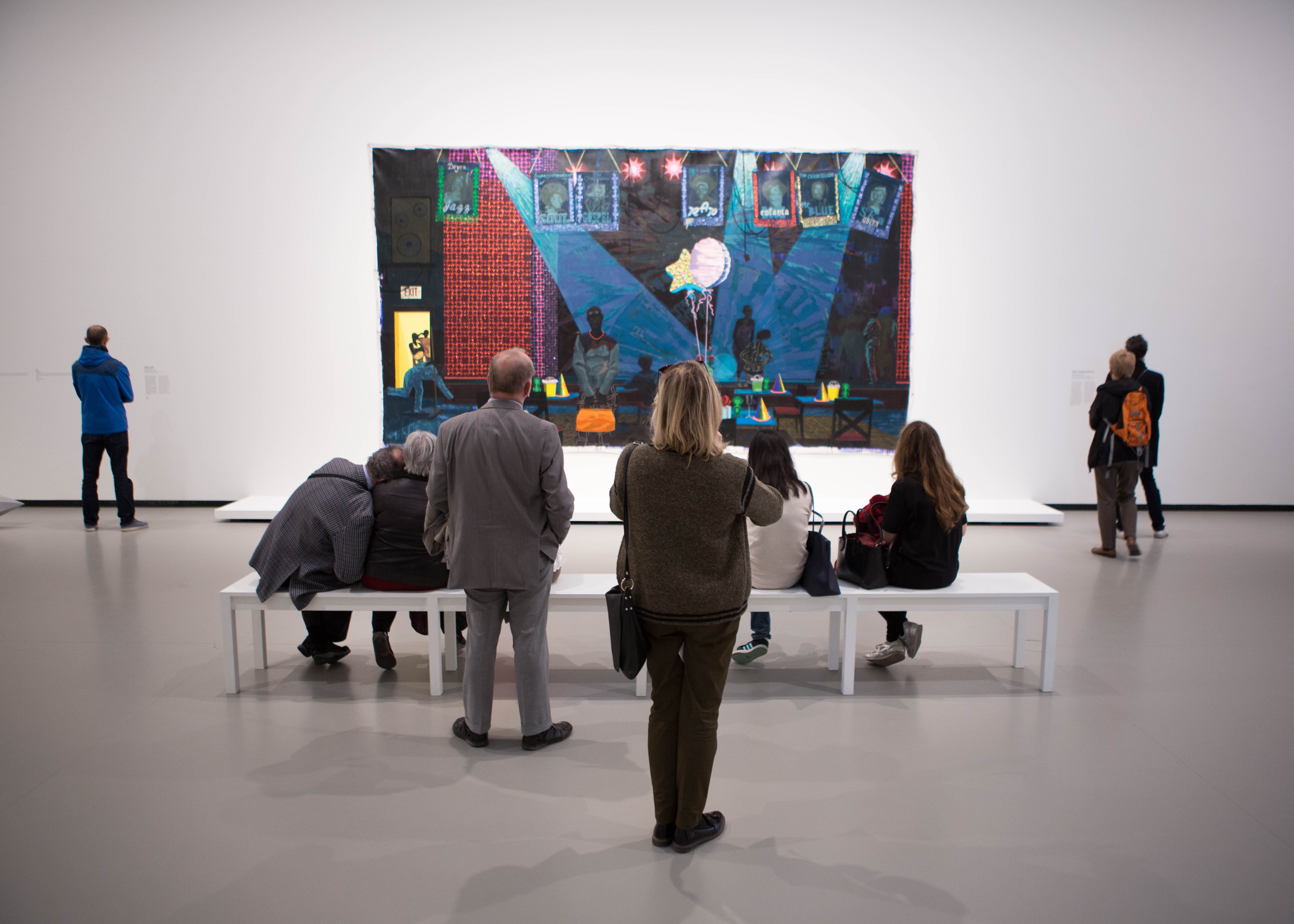
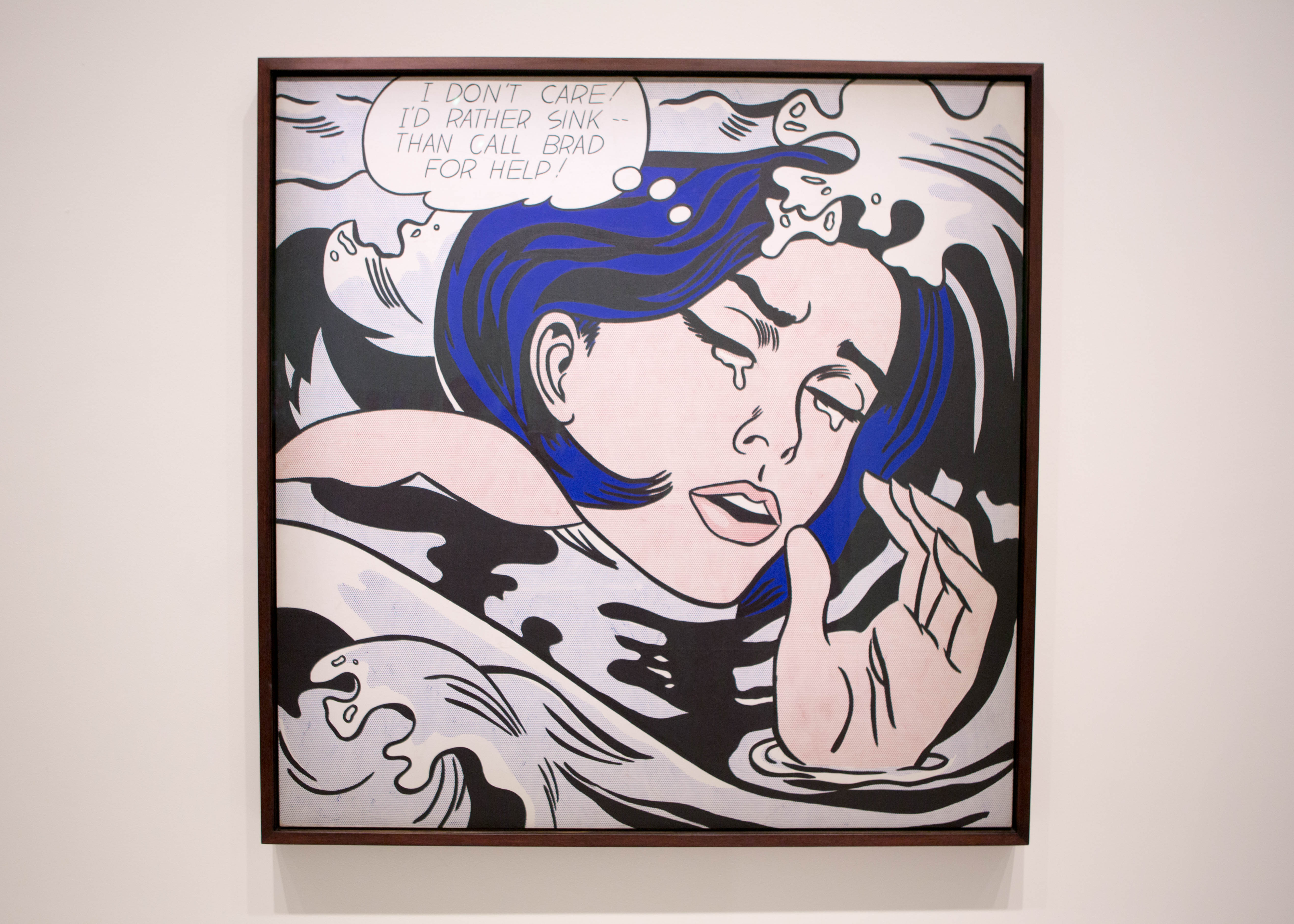
The exbihition devoted exclusively to the visual art, and represent the range wide of artworks , so the audience can feel the different type of artwork from modern art to abstract art, ranging from the early defining movement of the modern art period to Abstract Expressionism, Minimalism, Pop Art and digital work of the minimalism to pop art digital works of Art
The exhibition is divided into three parts:
- MoMA's First decade
- Minimalism and pop art
- Contempory works frm around the world.
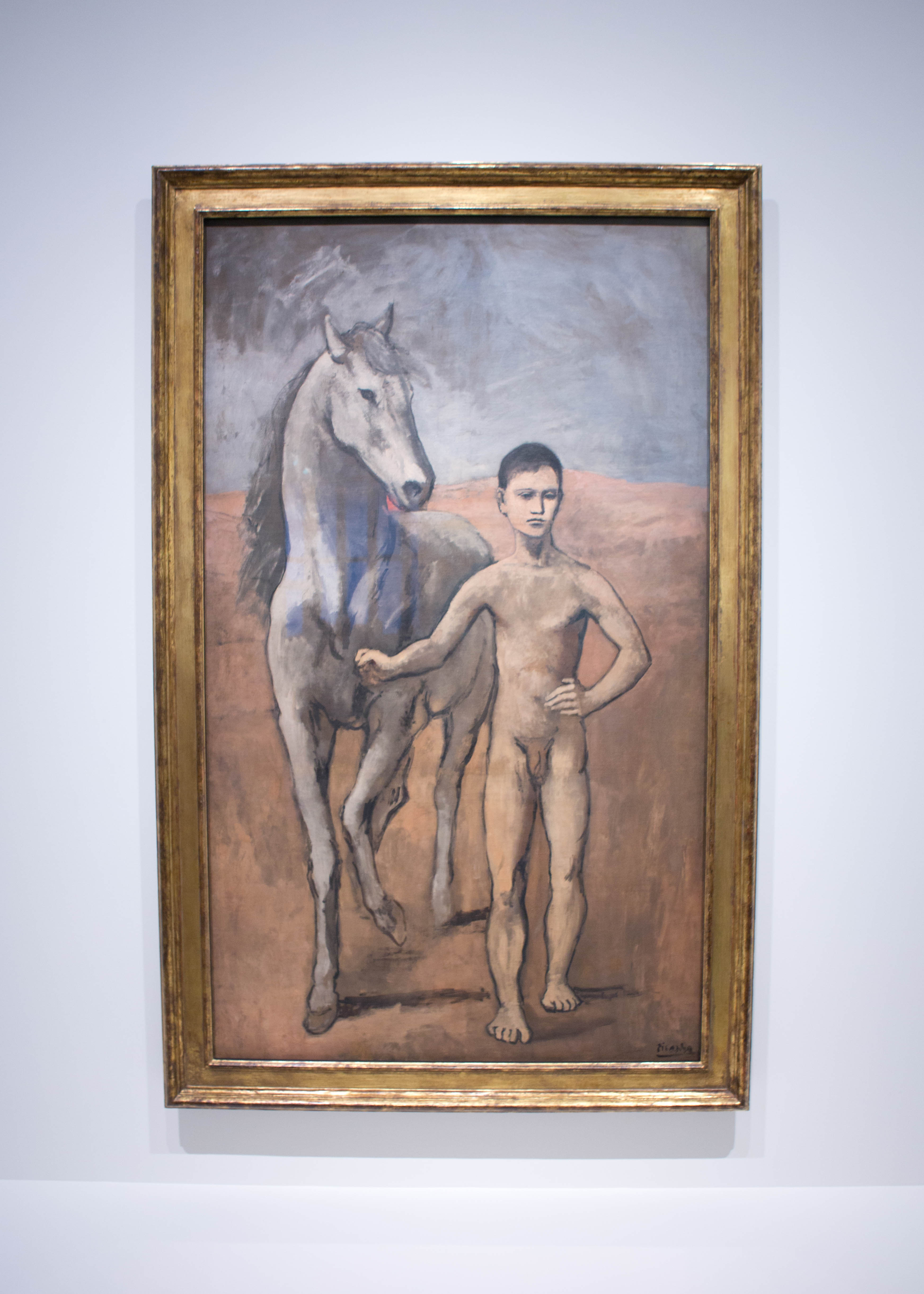
Le Meneur de cheval, 1905-1906
PABLO PICASSO
The picture of the boy serious expression, with one hand standing on his hips with a distinguished identity posture and loyalty follow the owner of the horse, the background color of the painting in gray and brown and white. This also indicates that Picasso had discovered a contemporary hero to complement his antique sources: Paul Cezanne. Picasso was deeply influenced by Paul Cézanne, inconsistent silhouette of the piece can see the strong personal character of Paul Cézanne.
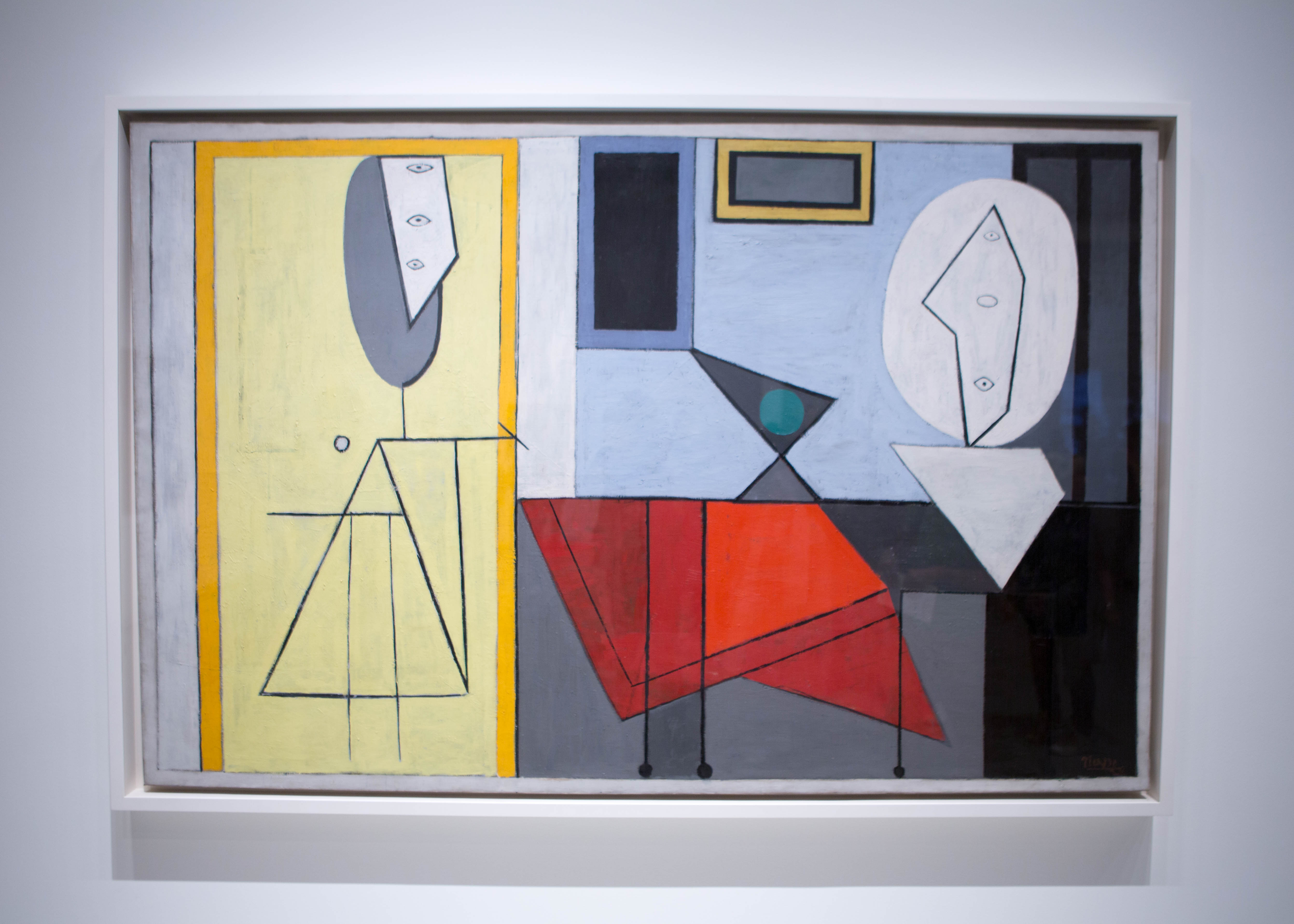
L’Atelier, 1927-1928
PABLO PICASSO
Pablo Picasso elaborated a complex discourse on the activity of the artist through the theme of the studio. The closest to the present example is The Studio. The Studio can be idetified as a sculptures an artist, a fruit across the street, a red tablecloth and plaster, with its simple lines and colors, give the viewer unlimited imagination. The classic representative of the Cubist and abstractist art circles by depicting artistic representation of human in a highly schematized form.
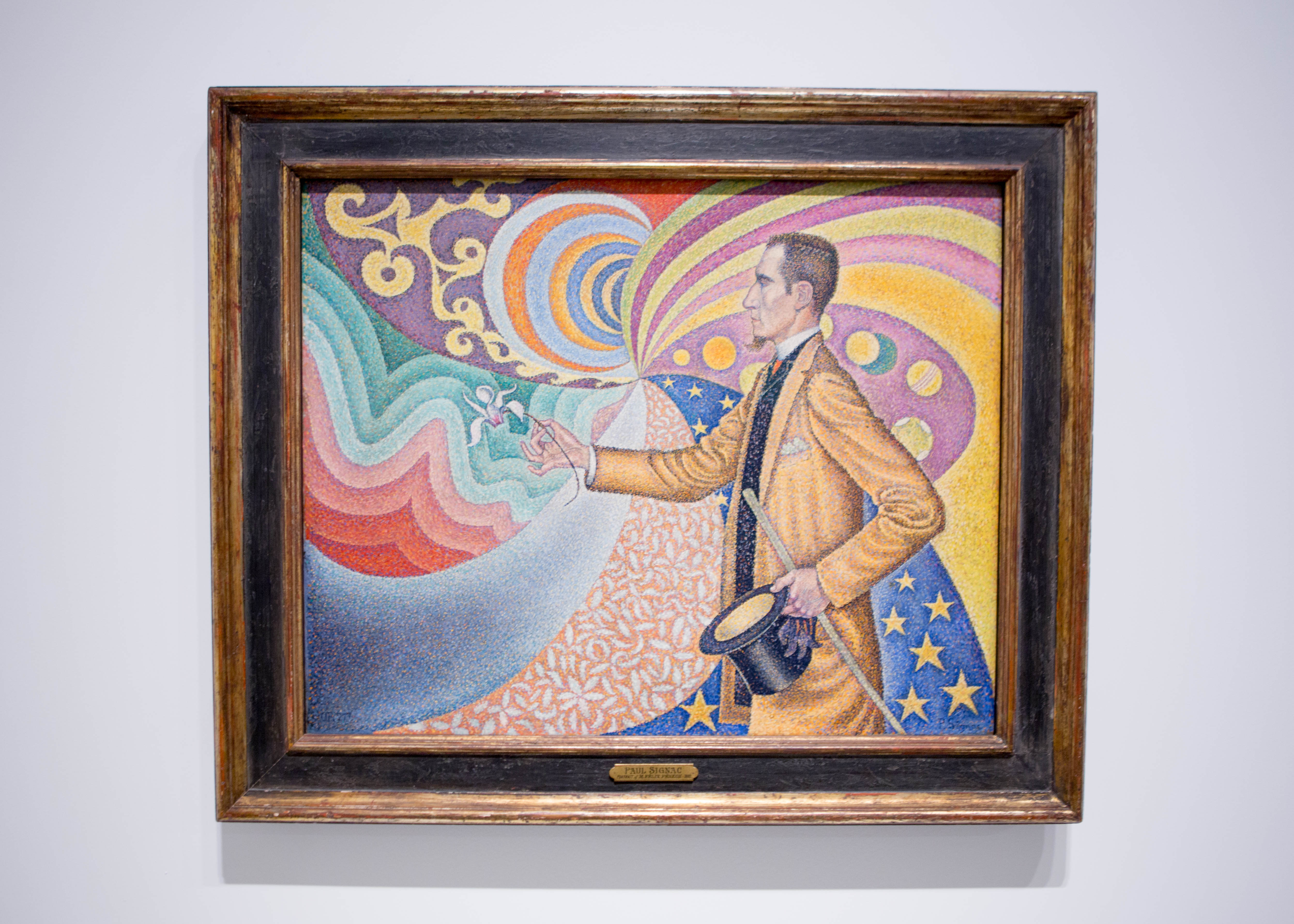
Opus 217. Sur l’émail d’un fond rythmique de mesures et d’angles, de tons et de teintes, portrait de M. Félix Fénéton en 1890, 1863-1935
PAUL SIGNAC
Felix Faneon was a parisian anarchist and art critic during the late 19th century. The screen uses optics to show the harmony and tension of colors, which can maximize the visual brightness by impacting the eyes through different small dots.
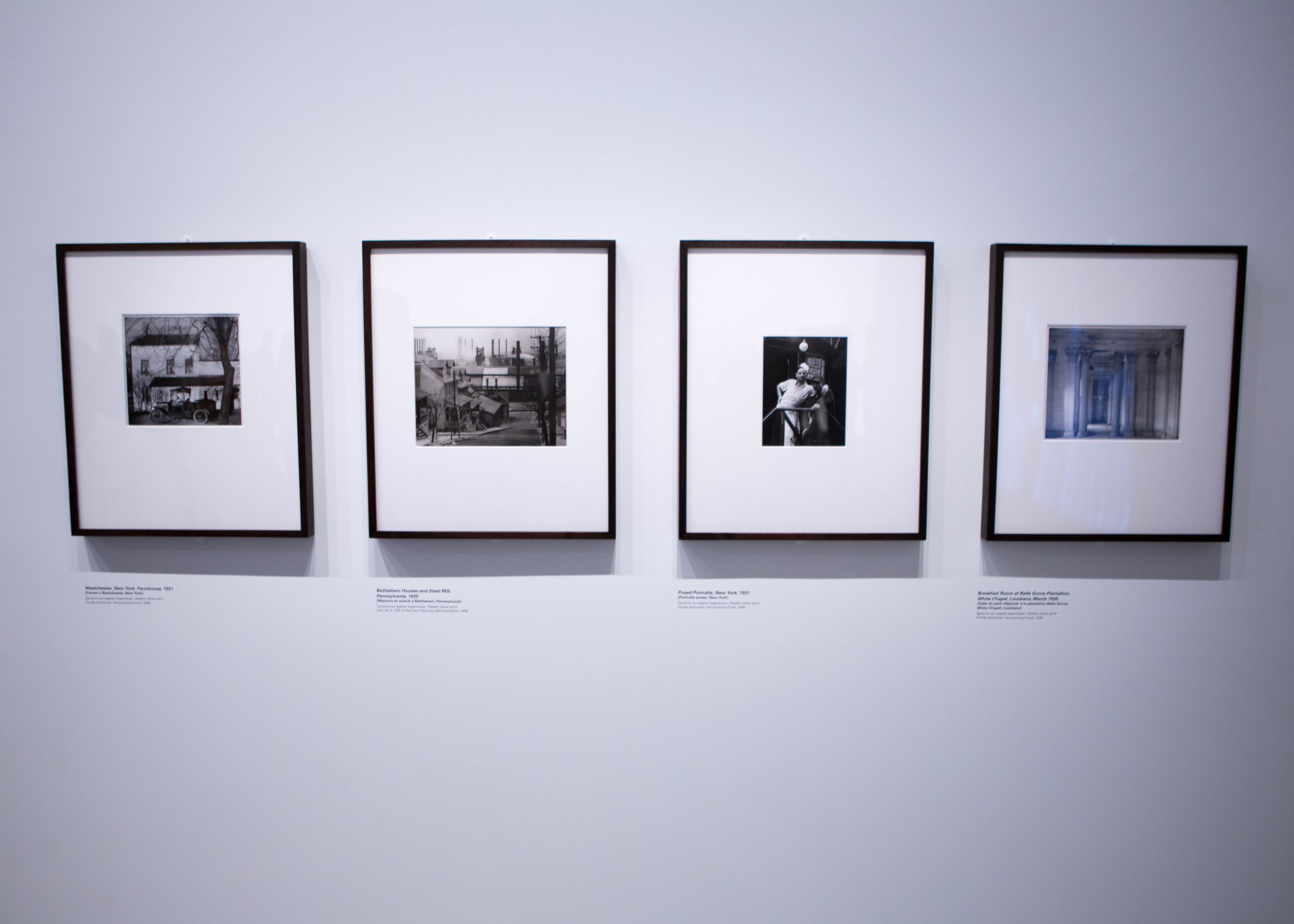
WALKER EVANS
During the Great Depression in 1935, Walker was hired by the US Department of Agriculture's FSA, and he dedicated and impoverished his life to prove how the U.S. government helps and improves the lives of agricultural groups. Walker's work captured the most iconic scenes of this period.
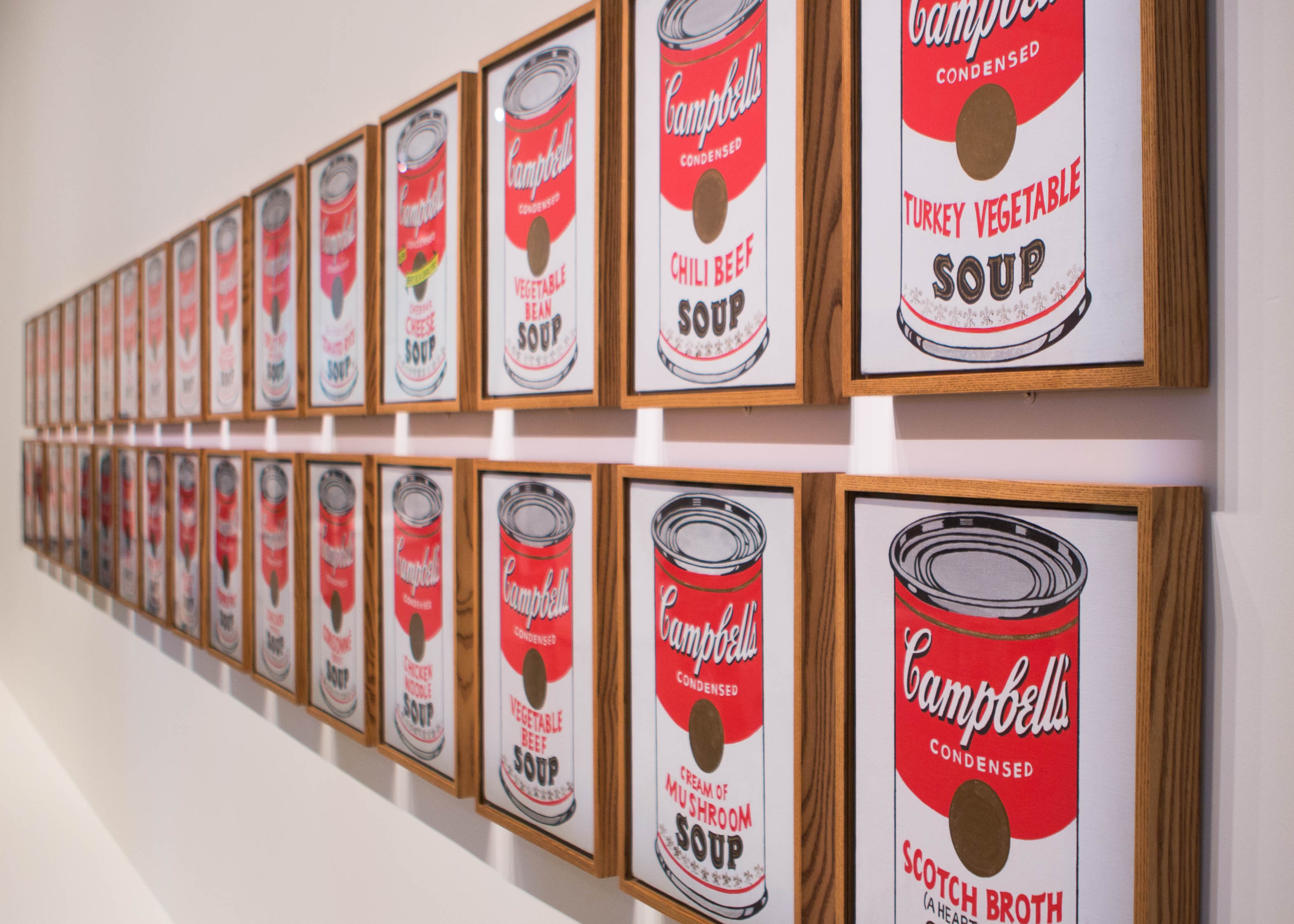
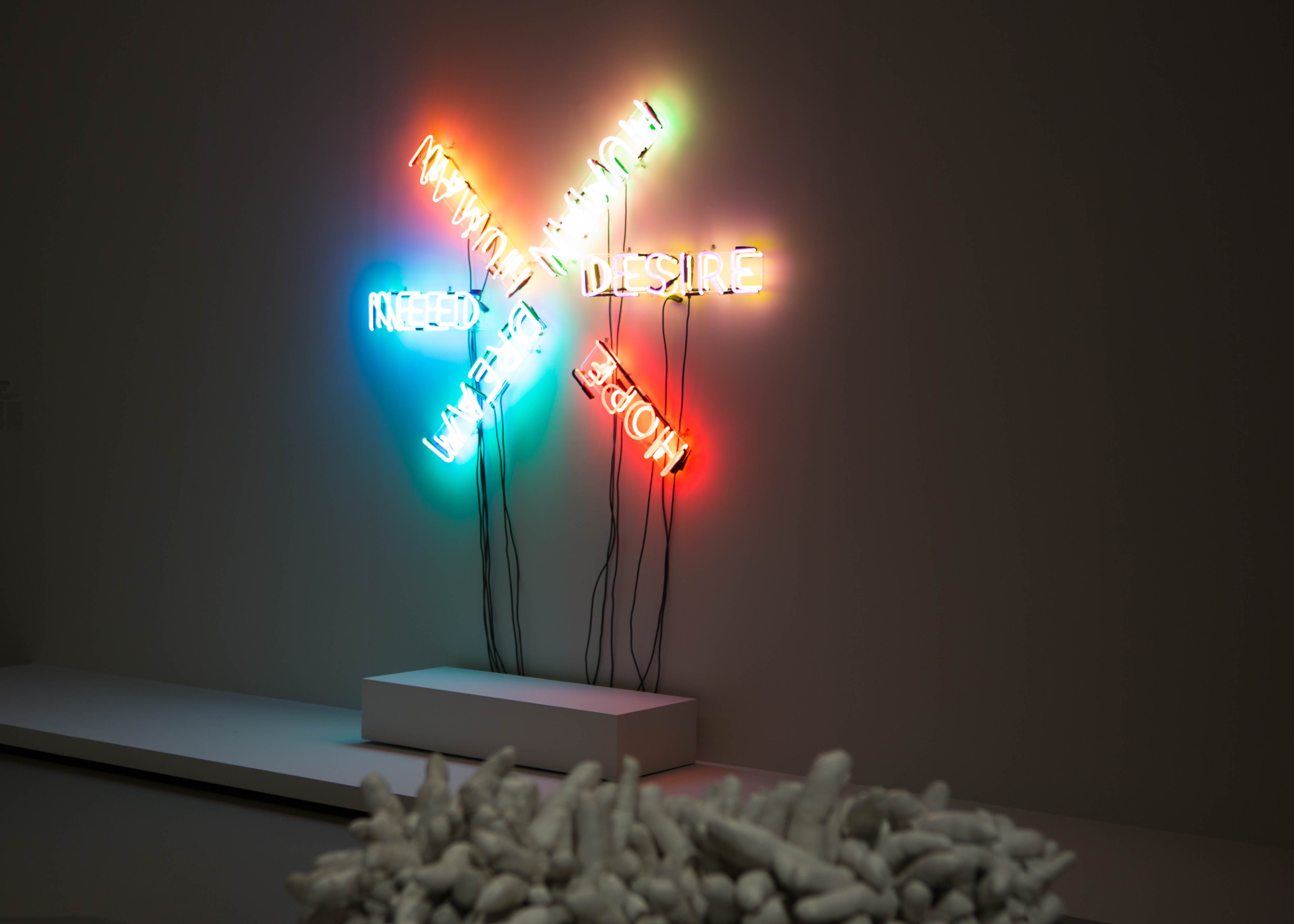
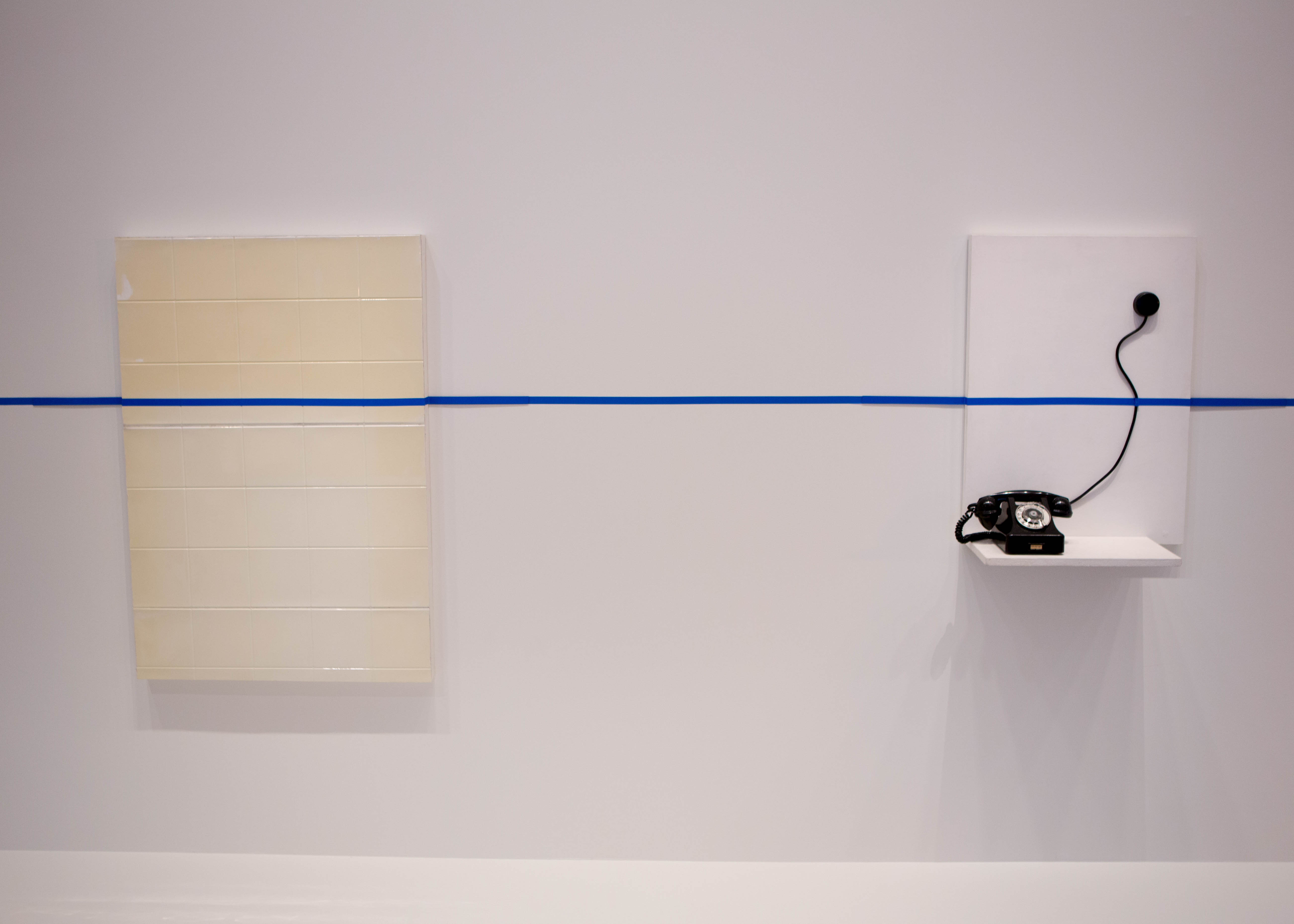
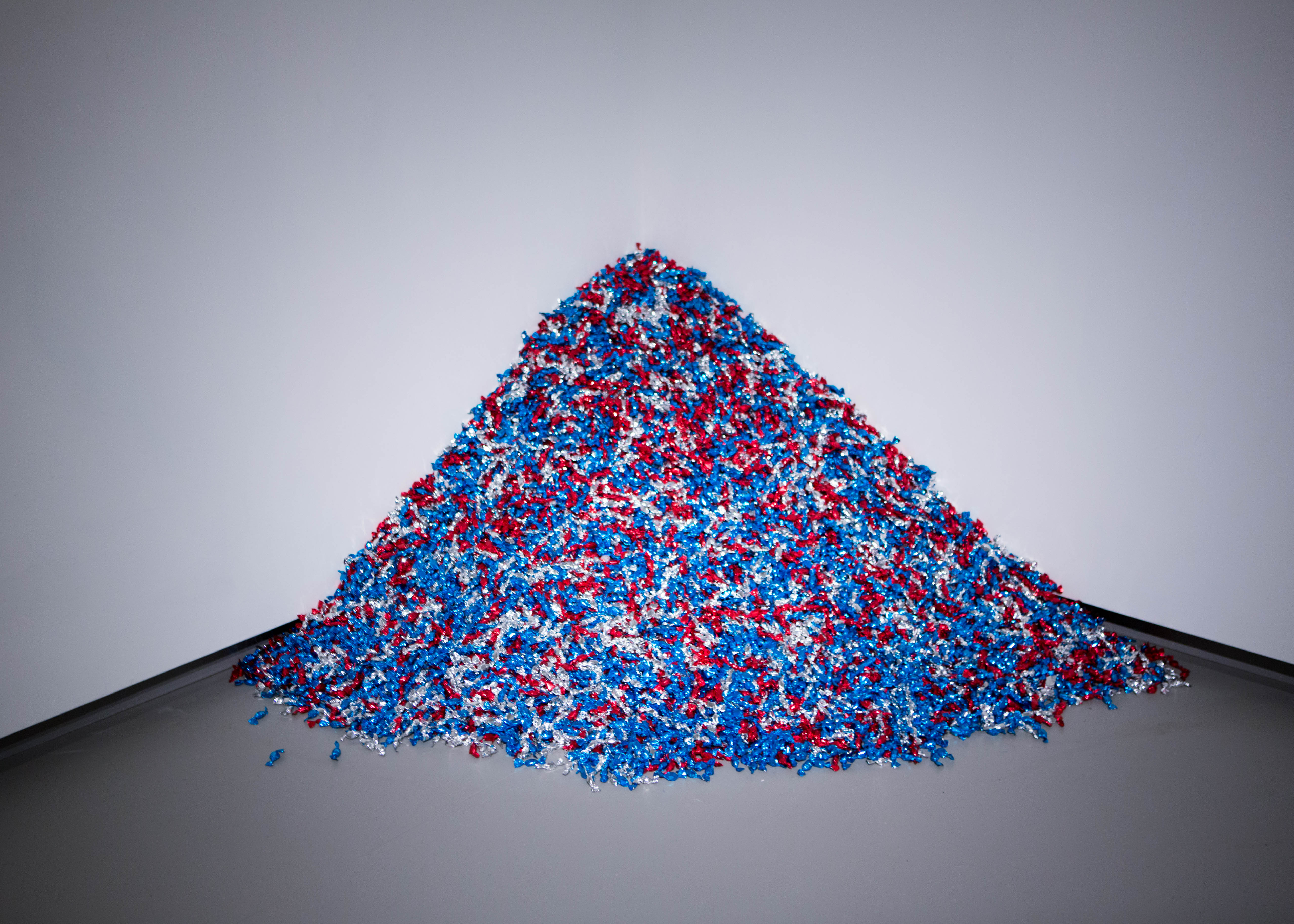
In addition to the famous paintings and photographs, the exhibition also features many contemporary performance of the workart, a visual feast for the audience through the uses of aesthetic expressions.
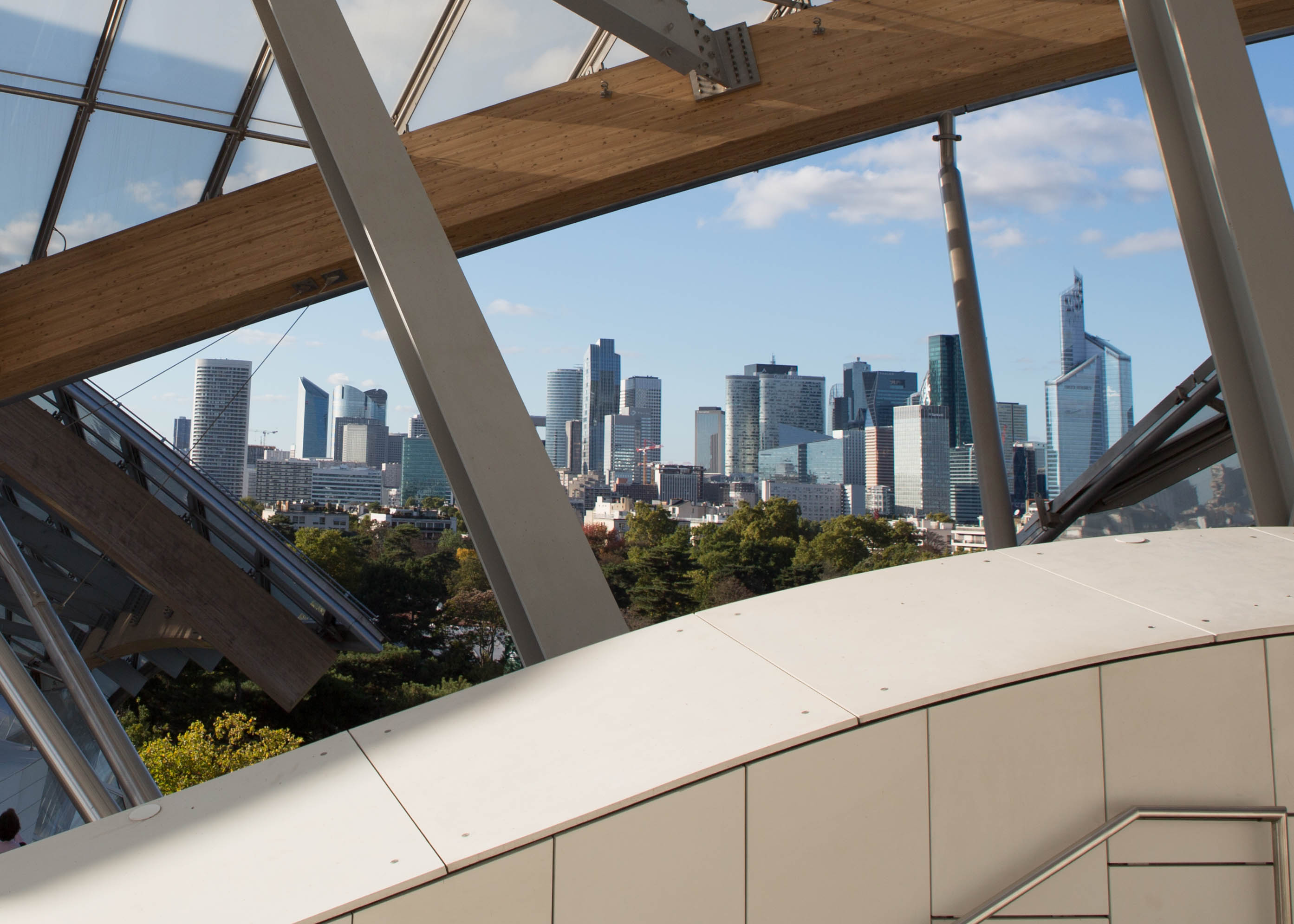
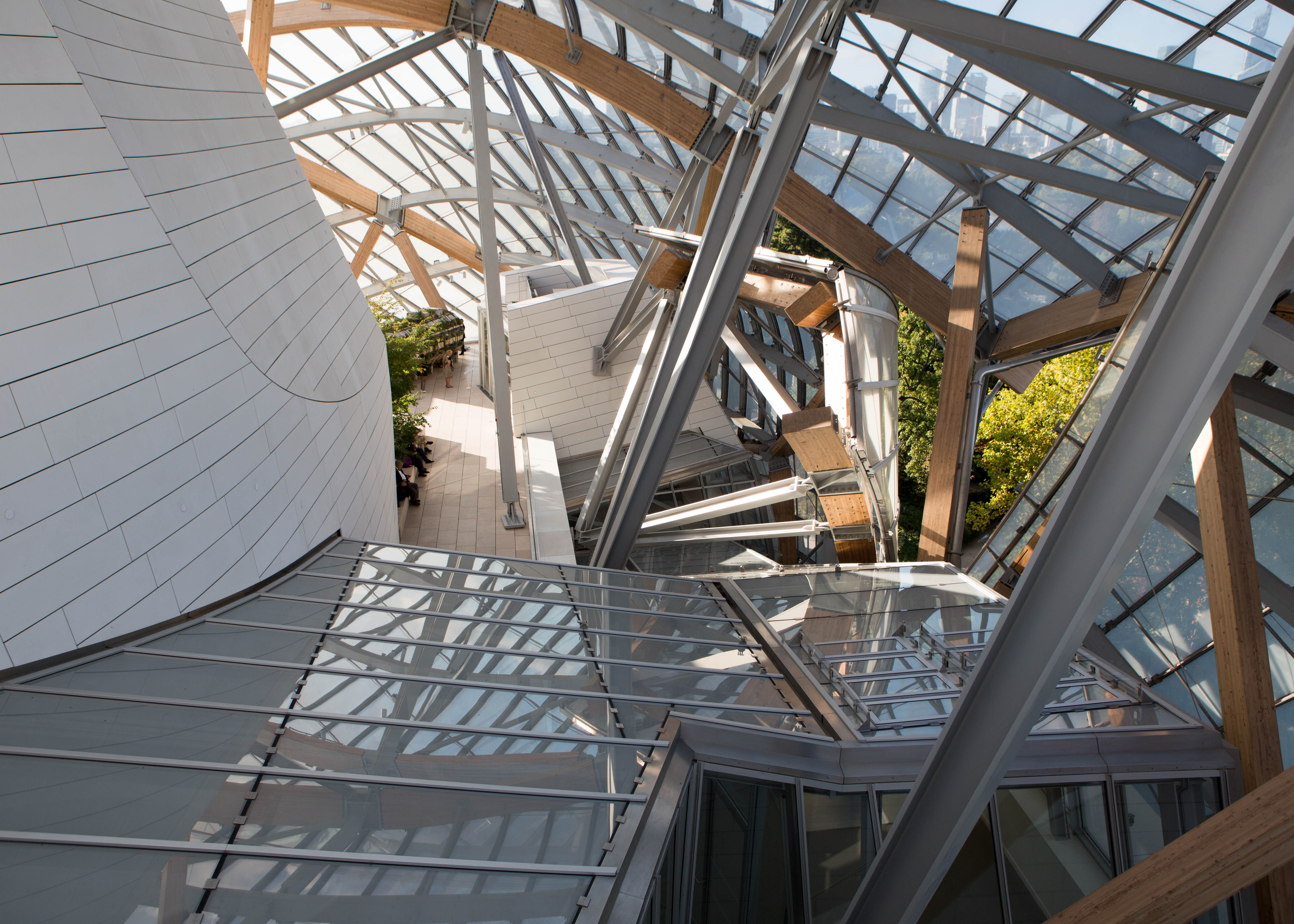
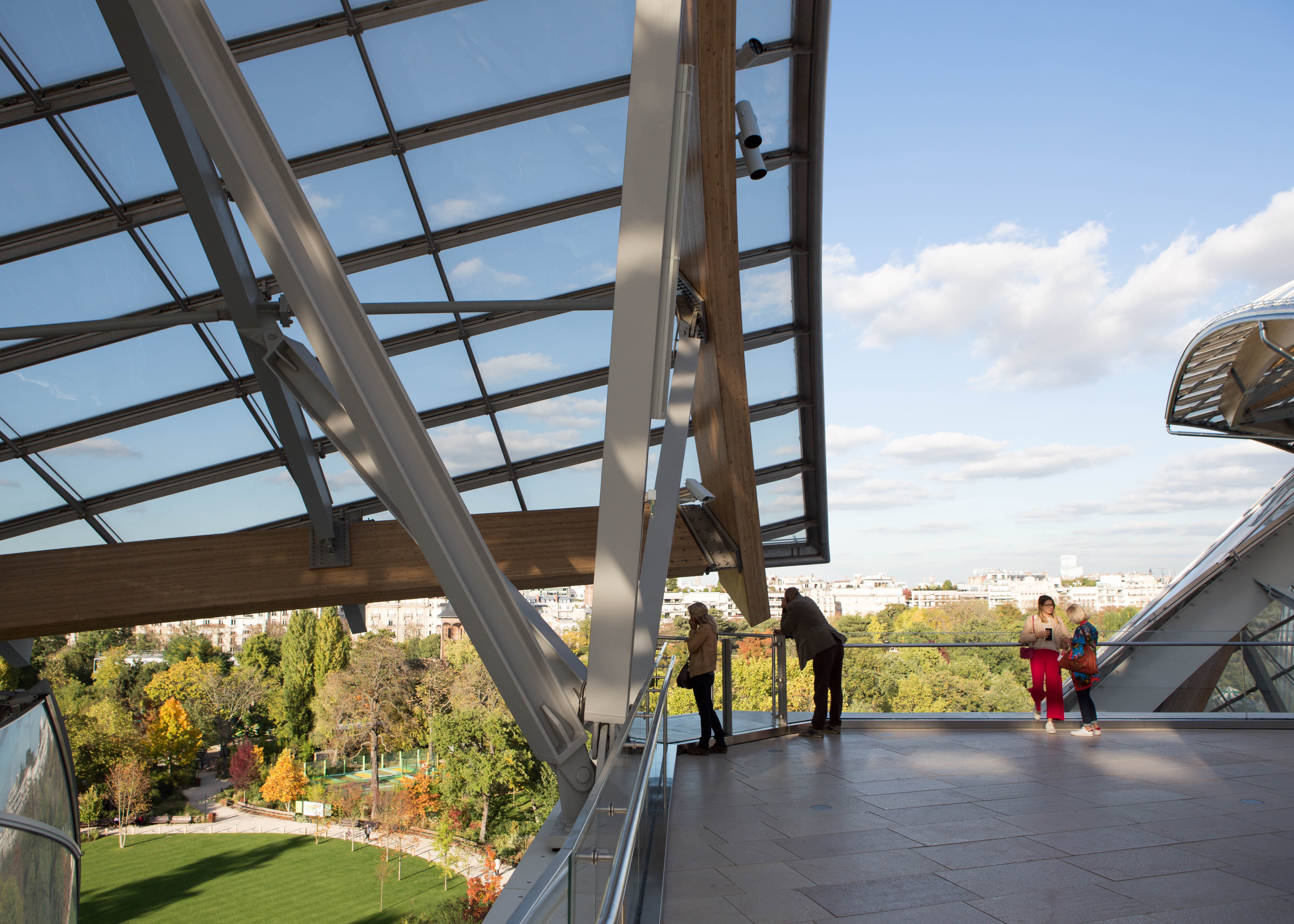
After heading to the exhibition, go up to the top floor, you will see a beautiful view from there, the roof of the building was irregular corrugated open. Unexpected view from the big garden to the high-rise buildings of Le Defense. This building have a modern sense of science and technology and the perfect combination of the artistic.
Autor: ShiRu
Fotógrafo: Han Je Un
Traduzido por Sérgio Yokoyama